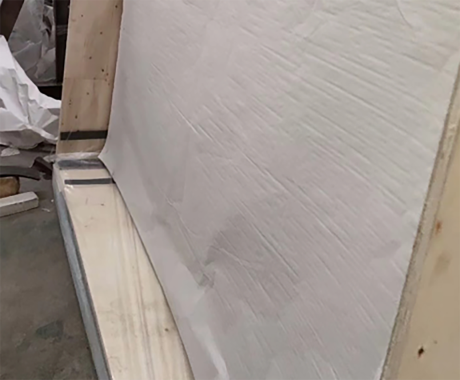

The Art and Functionality of Beveled Glass Mirrors
Beveled glass mirrors are a perfect fusion of art and functionality, transforming spaces into brighter, more inviting environments while also serving as elegant decorative elements. These mirrors feature edges that are cut at an angle, creating a multi-faceted edge that refracts light beautifully. This adds depth and dimension to the mirror, enhancing its aesthetic appeal. In this article, we explore the craftsmanship behind beveled glass mirrors, their practical uses, and tips for incorporating them into your interior design.
The Craftsmanship of Beveled Glass
The process of creating a beveled glass mirror is both intricate and precise. It begins with high-quality glass that is carefully selected for clarity and durability. Craftsmen then employ specialized machinery to cut the edges at a precise angle, usually ranging from 30 to 45 degrees. This beveling not only enhances the visual appeal of the mirror but also contributes to its overall quality, as beveled edges are less likely to chip and crack compared to straight-cut edges.
Once the glass has been beveled, a reflective backing—typically made from silver or aluminum—is applied to the reverse side. This backing is what allows the mirror to reflect light, providing that iconic reflective quality we value in mirrors. The result is a beautiful piece that not only serves a practical purpose but also acts as a work of art.
The Practical Uses of Beveled Glass Mirrors
Beveled glass mirrors are not just for aesthetic appeal; they also serve numerous practical functions in our daily lives. From creating the illusion of a larger space to improving lighting, these mirrors play a crucial role in interior design. Here are a few common uses
1. Enhancing Light The reflective quality of mirrors can brighten up a room by bouncing light around it. This is particularly useful in smaller spaces that may lack natural light. Beveled mirrors can amplify this effect, creating a warm and inviting atmosphere.
2. Creating Depth Using beveled mirrors strategically can also make a room feel more spacious. Placing a large beveled mirror on a wall can create the illusion of depth, giving your space a more open and airy feel.

3. Focal Points Beveled glass mirrors can serve as stunning focal points in a room. A beautifully framed beveled mirror above a mantelpiece or as part of a gallery wall draws the eye and adds a touch of sophistication.
Designing with Beveled Glass Mirrors
Incorporating beveled glass mirrors into your home design can be effortless with a bit of creativity. Here are some tips to get started
1. Choose the Right Size The size of the mirror should correspond to the space it occupies. A large mirror in a small room can create the illusion of space, while a smaller mirror can serve as an accent piece in a larger area.
2. Consider Frame Styles Beveled mirrors come in various frame styles. Choose a frame that complements the décor of the room—whether it be modern, vintage, or rustic—to enhance overall aesthetic appeal.
3. Experiment with Placement Explore different locations for your beveled mirror. It can be hung as a statement piece in a hallway, above a console table, or even propped against a wall for a more relaxed approach.
4. Layering For those with an eye for design, layering mirrors with other decorative elements—such as art pieces, plants, and light fixtures—can create a visually interesting arrangement that enhances the overall atmosphere.
In conclusion, beveled glass mirrors are a remarkable addition to any space, combining intricate craftsmanship with practical benefits. Their ability to enhance light, create depth, and serve as stunning focal points makes them a timeless choice in interior design. By considering size, frame style, and placement, anyone can incorporate these elegant pieces into their home, enriching the aesthetic and ambiance of their surroundings.